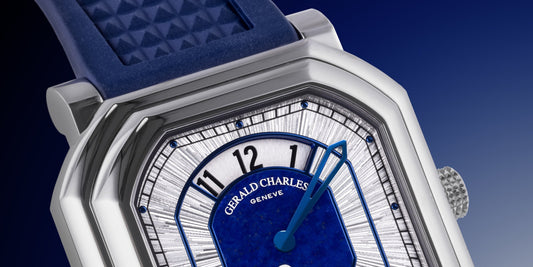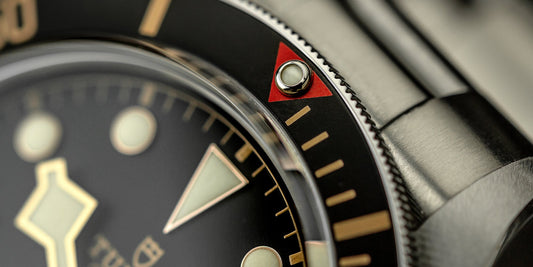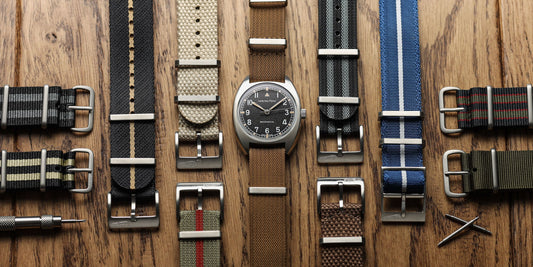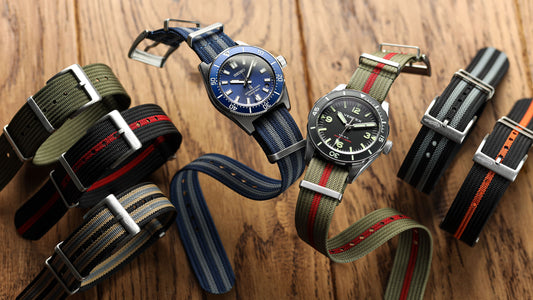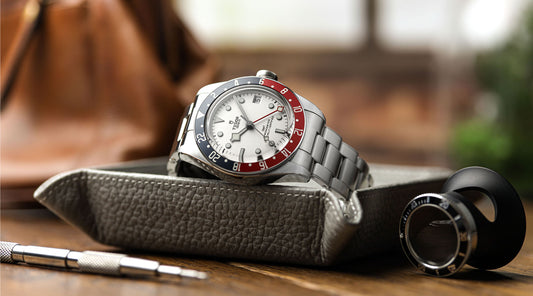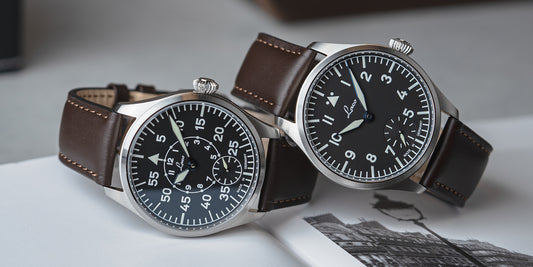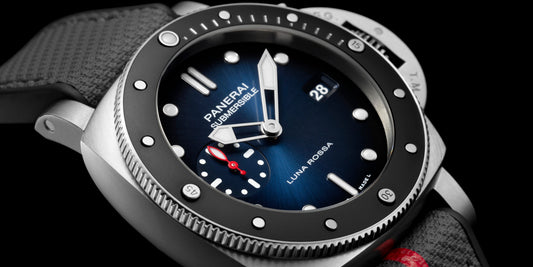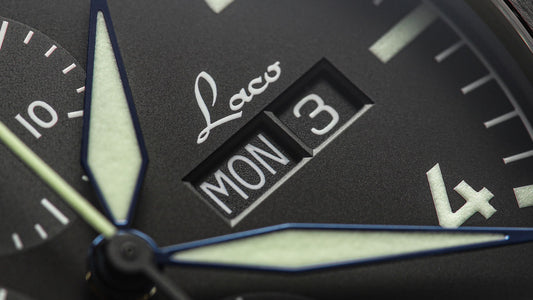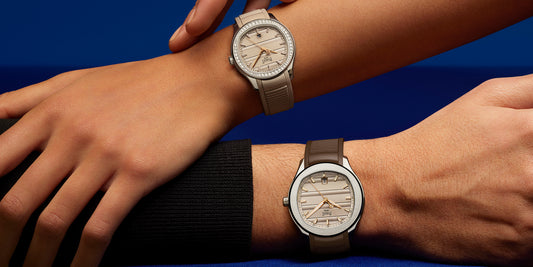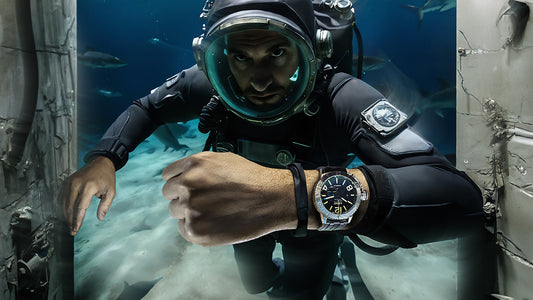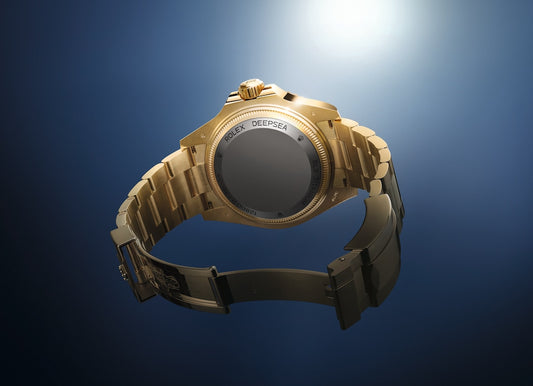An in-depth look at the Casio SWG-300H and all its impressive range of functions
Multi-sensor Casio Pro-Treks do not get nearly as much airtime as G-Shocks. They are arguably less striking, semi-specialist, and generally in subdued colours. However, be under no illusions, they are super-tough effective tool watches, and have a huge fan base.
The issue with most of these models is that you need to learn how to work them. That may sound obvious, but the reality is many users don’t. If you own a double or triple sensor Casio, then at some point, without correct regular calibration, the major functions on your watch will start to give spurious readings. For example, the altimeter which you set for a hike yesterday morning may state, 24 hours later, that you are now 50m below sea level! This puts a lot of people off these watches because they either think they are wildly inaccurate or broken. True story: the last Pro-Trek I bought was a bargain price, only months old, and for sale, because the owner said, and I quote, “I have no clue how to operate it despite reading the manual”.
Casio has been making professional Pro-Trek watches for years and many people use the complex functions during sport or work. I knew a very capable sailor who never left port without his Casio Sea Pathfinder. Digital compasses are a vital tool if properly calibrated. Altimeters can tell you how far you are from the next climbing camp and barometers, with their highly useful trend indicators, can help predict incoming poor weather.

The watch we are looking at today is one that sits on the periphery of the Pro-Trek label, so it is a good introduction to the genre. It is the venerable Casio SGW-300H-1AV. First introduced in 2010 this functional watch has a clever module (ref: 3202) which allows you to measure height above sea level, barometric pressure, and temperature.
As digital watches go it is an attractive one and looks like a functional bit of kit. This is primarily due to the pulsating chevrons in the centre of the dial (which appear to be measuring something) and the dual colour lens which differentiates data displays.
The SGW-300H has twin sensors capable of delivering three different readings. These are toggled between the two lower buttons. They are battery intensive so if you leave the watch on the altimeter, it will default back to the time after 30 mins. The altimeter has a dedicated orange highlighted button whilst the barometer is found through the Mode button.
Altimeter
This is a highly effective unit which is capable of measuring in 5m increments. The key thing to remember with these units is that they are designed to show you a sequential increase or decrease in height over a short period. Therefore, you must reset the altimeter every day with a known value. For example, my garden sits at 104m above sea level. (This data is easy to find online.) If I am embarking on a hike, I always set my Casio at the garden height prior to departure and then I know accurately over the next few hours what altitudes I reach. If my goal was to climb to another location up a mountain (where that height was also known) I can tell how far I am from it. 
On arrival, I would then reset the altimeter the next morning at the new value. So why would my altimeter be giving a false reading in the morning? It is because the module does not actually read the height; it takes a best guess calculation using air pressure and temperature. The upshot is that you need to reset the watch at the beginning of each climb to maintain accurate height readings.
Thermometer
The temperature is activated with both the barometer and altimeter displays and can measure from -10C to +60C. When you look at the watch on your wrist the temperature reading will always be wrong. You need to take the watch off your wrist and leave it out of direct sunlight for at least 15 minutes to get an accurate air temperature reading. The best trick I have found is to hang it from something, maybe a tree, and that way the case is not in contact with anything that can affect the reading.
Barometer
Probably the best and most useful function. This is a factory set when you get a new watch and, unlike the altimeter, requires very little calibration. It may be worth looking at a trusted source online to log your current barometric pressure and compare it to the watch, but I have found the SGW is generally no more than one hectopascal (hPa) off from the official online reading. If you want to be exact you can easily adjust the watch.
While the watch is in time mode the chevrons flow back and forward in time with the seconds. However, in Baro-mode this display becomes active and shows a single chevron facing either left or right in one of 10 spaces. This display illustrates the deviation in pressure since the last reading; +/- 5 hPa. It allows for very rudimentary weather prediction. For example, if the pressure is rising then good weather is likely. If it has dropped like stone since the last reading it may well be a good time to pitch the tent.

The watch takes a new reading every 2 hours. Sunnto also does a very good version of this on their watches like the Vector which they call a Barometric Trend Indicator.
Additionally, on the SGW-300H we find everything you would expect on a G-Shock or higher-end Pro-Trek; 100m water resistance, dual world time capability, alarms, stopwatch, elapsed time counter, and a soft orange LED glow for night use.
The watch is just under 50mm in diameter and weighs only 47g, so it is very light and comfortable during long-term use. Casio claims that you can get 3 years from the CR2016 battery but if you are a serial function user (guilty as charged) then expect to get a lot less; maybe 12 months. In summary, you get a lot of watch for under £100! SGW-300H'ss generally sell for about £80.
We have not mentioned a digital compass function. That is because the SGW-300H does not have one. Its sister watch, the SGW-100, does have a digital compass but loses the Barometer. Like the barometer on the 300, the compass on the 100 requires regular recalibration. Expect to pay around £60 for the navigation model.
If you want all the functions, then the SGW-1000 Triple Sensor is the recommended model but costs a little more and is a much bigger unit. If you want to take your survival watch to an extreme level of resistance, then all the functions can also be found in the G-Shock Rangeman collection. This watch was the wildcard of our Best Outdoor Watches for Under £1,000 feature back in May 2021. Indestructibility does come with a price; expect to pay between £300-£800 depending on the spec of the Rangeman you are considering.
The Casio SGW range is a wonderful addition to any watch collection and can stand proud next to your Rolex by virtue of the fact that they are totally different, hugely capable, and very well thought out products. Trust me, if you pick one up, you will wear it more than you may anticipate. Once you take time to instinctively learn the recalibration of the functions you will have endless hours of fun with these watches and you never know, one day, your SGW-300H may even you out of a tough spot.
Casio SGW-300H Specifications:
- Case / bezel material: Resin / Aluminum
- Resin Band
- Resin Glass
- 100-meter water resistance
- LED light
- Afterglow
- 12/24-hour format
- Button operation tone on/off
- Regular timekeeping: Hour, minute, second, pm, month, date, day
- Accuracy: ±30 seconds per month
- Approx. battery life: 3 years on CR2016
- Size of case: 49.2×50×14.1mm
- Total weight: 47g
- 1/100-second stopwatch
- Measuring capacity: 23:59’59.99”
- Measuring modes: Elapsed time, split time, 1st-2nd place times
Altimeter:
- Measuring range: -700 to 10,000 m (-2,300 to 32,800 ft.) without reference altitude
- Measuring unit: 5 m (20 ft.)
- Others: Reference altitude setting *Changeover between meters (m) and feet (ft)
Barometer:
- Display range: 260 to 1,100 hPa (7.65 to 32.45 inHg)
- Display unit: 1 hPa (0.05 inHg)
- Atmospheric pressure differential pointer *Changeover between hPa and inHg
Thermometer:
- Display range: -10 to 60 °C (14 to 140 °F)
- Display unit: 0.1 °C (0.2 °F) *Changeover between Celsius (°C) and Fahrenheit (°F)
- World time:
- 31 time zones (48 cities), city code display, daylight saving on/off
Countdown timer:
- Measuring unit: 1 second
- Countdown range: 24 hours
- Countdown start time setting range: 1 minute to 24 hours (1-hour increments and 1-minute increments)
- Daily alarms:
- 5 independent daily alarms
- Hourly time signal
- Full auto-calendar (to the year 2099)


